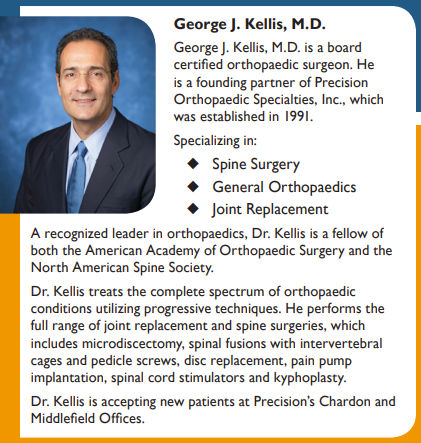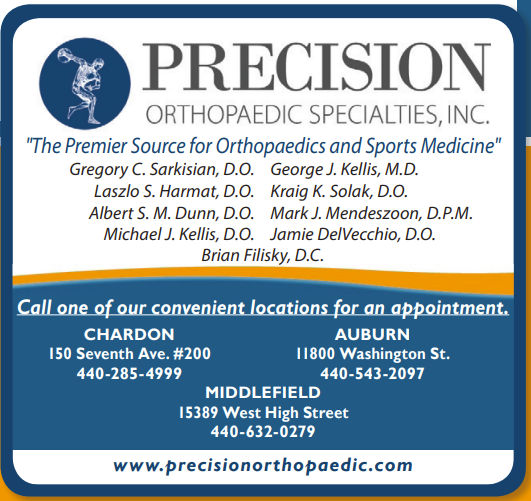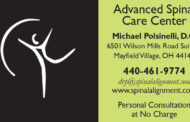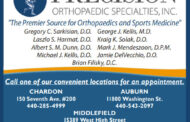By George J. Kellis, M.D.

Cervical disc herniation occurs when the gel-like center of a spinal disc ruptures through a weak area in the tough outer disc wall, similar to the filling being squeezed from a jelly doughnut. This can happen after significant trauma to the neck, as in an auto accident, or after something as simple as a sneeze.
Symptoms can be severe and often affect both our ability to work and our quality of life, forcing us to avoid activities we love. If pain and loss of sensation persist, or if weakness in the arms or legs develops, timely referral to a spinal surgeon is warranted.
Your physician will complete a full exam and often order an MRI of the cervical spine to determine if a disc herniation is found to be compressing the nerves of your neck. Treatment usually begins with medications like anti-inflammatories and muscle relaxants and generally includes physical therapy or chiropractic care. For those with continuing pain, spinal injections can help.
These simple approaches lead to improvement in many people. However, if the patient’s symptoms do not improve, or they worsen, surgery may be indicated. There have been many advances in spinal surgery and these new options should be considered by those contemplating a spinal procedure.
Cervical disc replacements are a relatively recent innovation in spine surgery. These small implants are made of titanium and high density plastic and can be an alternative to spine fusion for patients with disc herniation. Completed through incisions less than an inch long, the mobile implants fill the void which remains following the removal of the injured disc, and allow motion to continue.
Prior to this development, patients were simply fused, typically with bone from the patient’s pelvis. This sometimes left patients with considerable soreness in the pelvis that could last for years. As well, the stiffness that occurs following fusions, especially for those patients needing surgery to correct issues at multiple spinal segments, can lead to breakdown of the adjacent, healthy discs, requiring further surgery. By allowing more normal neck motion to occur, cervical disc replacement may decrease stiffness and the degeneration of ealthy discs.
Patients suffering from cervical disc issues should consider this innovative option. Currently, these FDA approved cervical implants cannot be used if advanced arthritis has already developed in the neck. As well, they can be used at no more than two cervical levels. For healthy patients without these restrictions, proper implantation of cervical disc replacements can provide great pain relief, improved motion, and a return to normal daily activity.
























